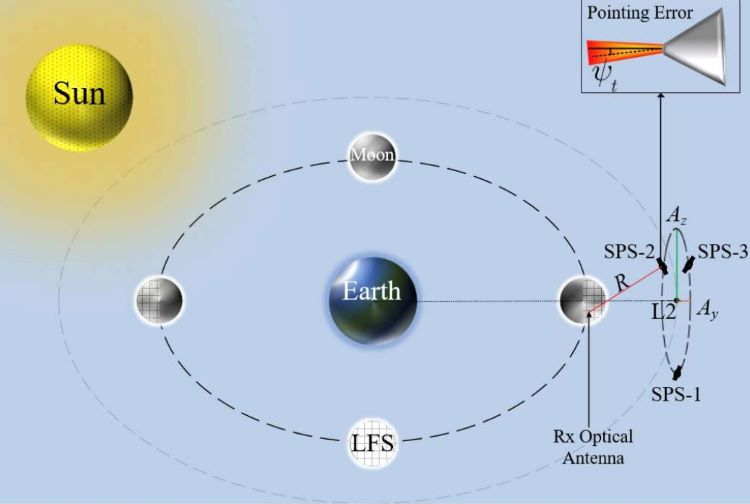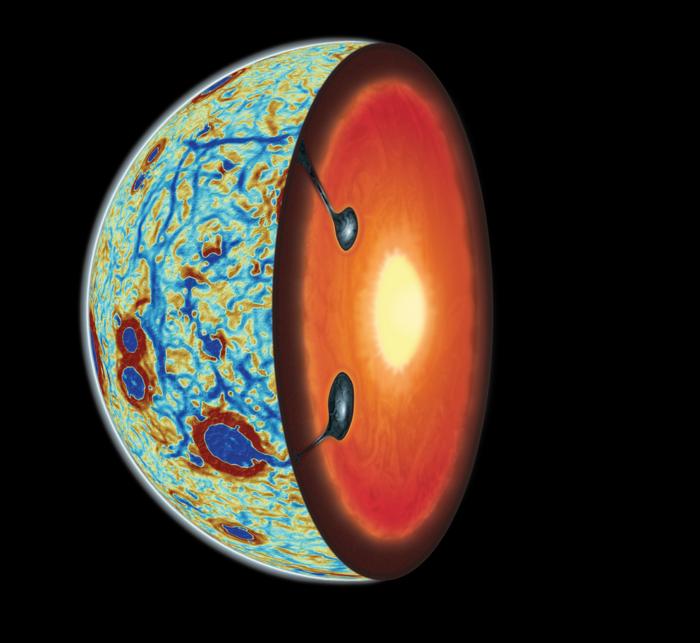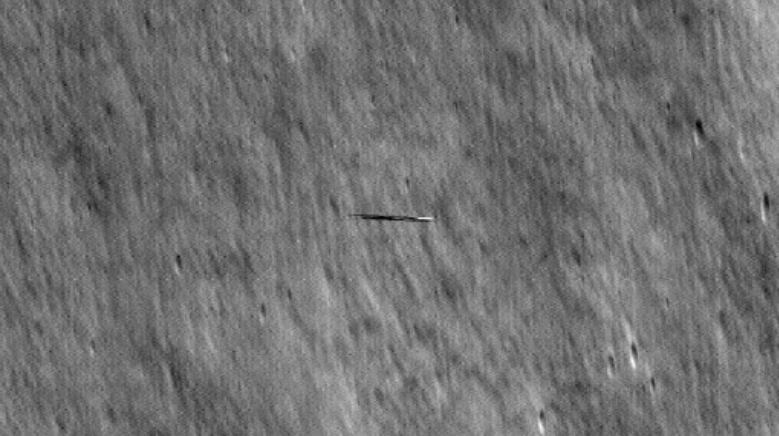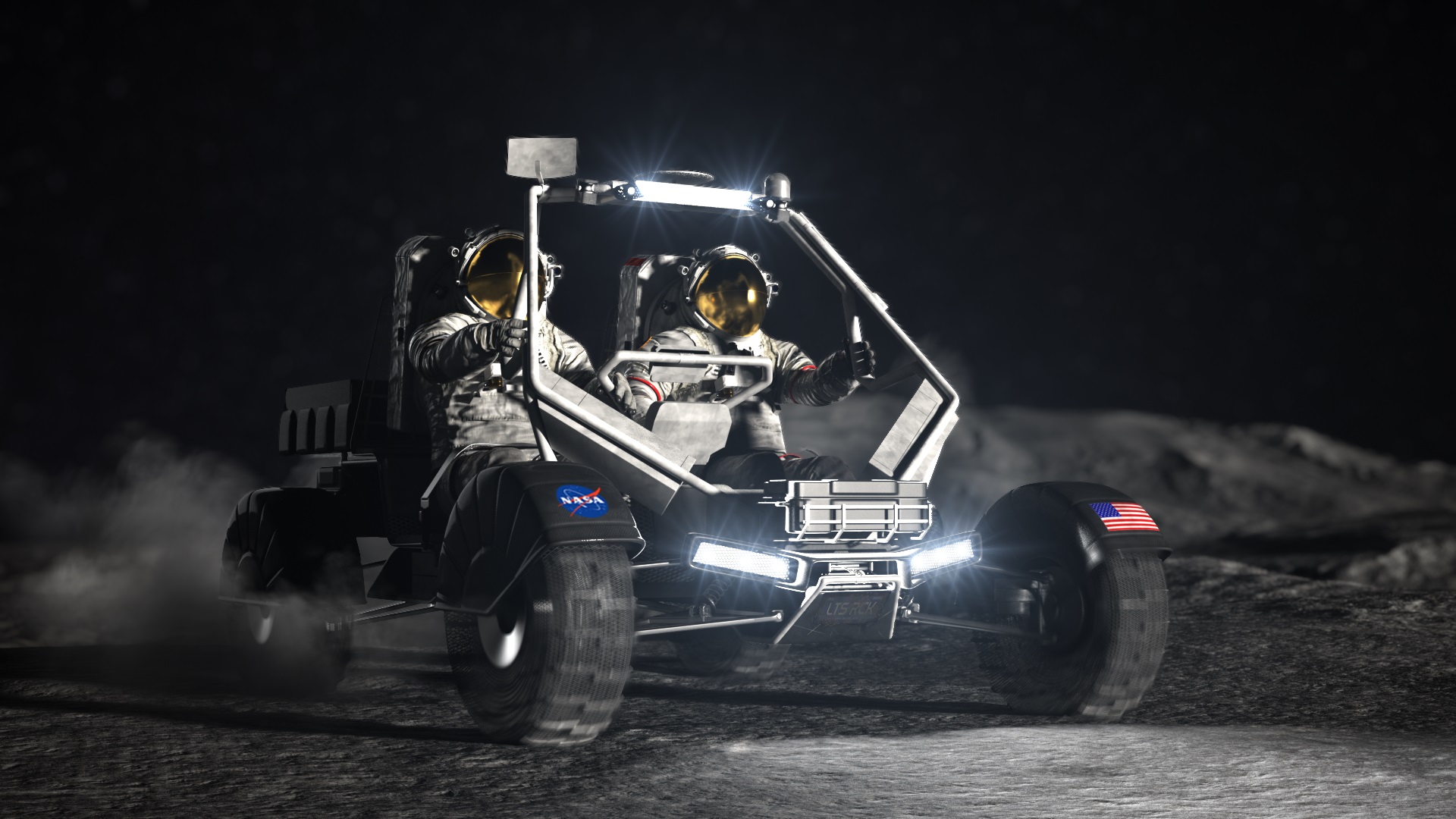You had to be in the right part of North America to get a great view of the recent solar eclipse. But a particular telescope may have had the most unique view of all. Even though that telescope is in Hawaii and only experienced a partial eclipse, its images are interesting.
Continue reading “The Solar Eclipse Like We’ve Never Seen it Before”The Solar Eclipse Like We’ve Never Seen it Before










